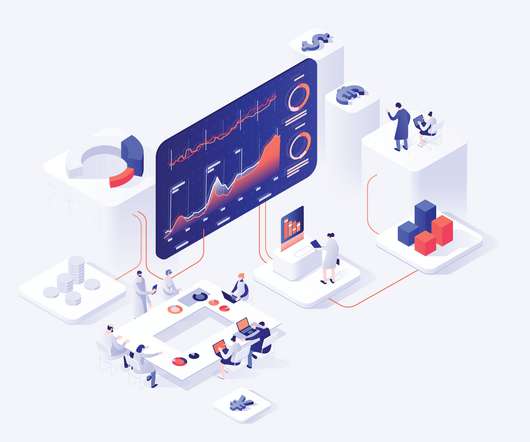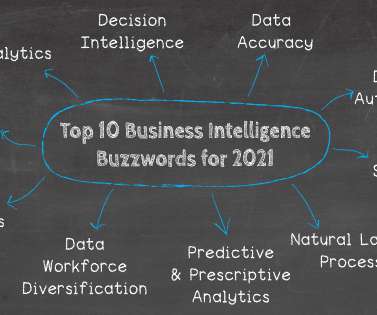Biggest Trends in Data Visualization Taking Shape in 2022
Smart Data Collective
OCTOBER 13, 2021
There are countless examples of big data transforming many different industries. It can be used for something as visual as reducing traffic jams, to personalizing products and services, to improving the experience in multiplayer video games. We would like to talk about data visualization and its role in the big data movement.














Let's personalize your content